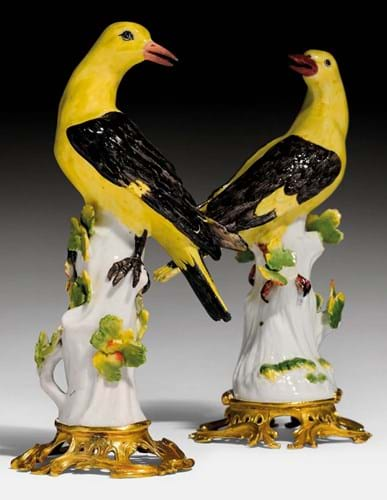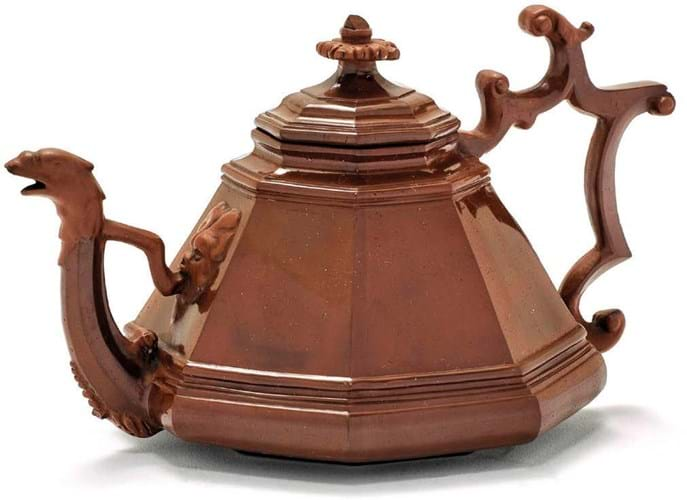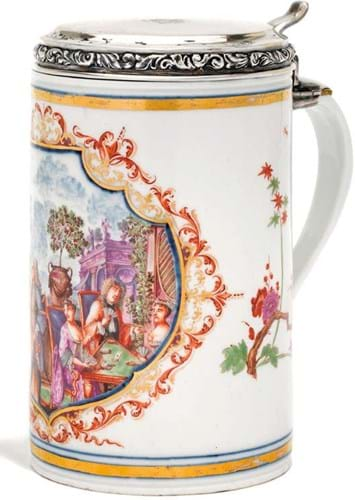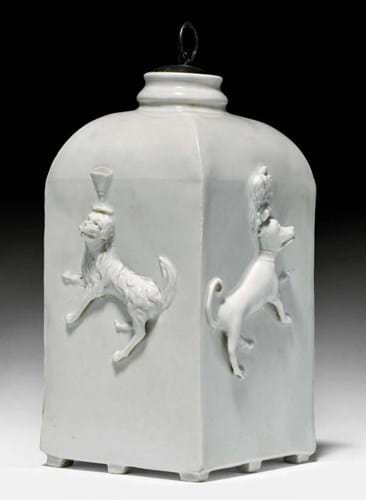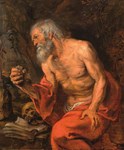Eighteenth century Meissen porcelain provided some of the highest prices in the decorative arts sale held by Koller (25/22/15% buyer’s premium) in Zurich in March 25 as part of its spring auction series.
A sizeable proportion of this came from the collection of a renowned expert, Siegfried Ducret (1901-72). A collector and author, he had written several books on porcelain.
Last September, as part of its early autumn series, Koller held a dedicated sale of just over 170 lots devoted to Meissen and other European porcelain from the Ducret collection. That sale generated a high take-up of 73% by lot and top prices of SFr42,000 and SFr44,000 (then around £35,000 and £36,670) for two candlesticks set on elephant-headed tripod feet, inspired by Japanese porcelain.
This latest selection was a further consignment from Ducret’s heirs and achieved some individual prices that surpassed those of last year. Also included in the March sale were some choice pieces of Meissen from other collections which proved equally sought after.
Eagle-eyed bidder
The most expensive of the Ducret lots at SFr80,000 (£61,540) was a 3¾in (9.5cm) high early Böttger stoneware octagonal teapot. A model of c.1710 by Johann Jakob Irminger, it was moulded with an eagle-headed spout issuing from a mask and had a palm finial to the cover.
The teapot was included in an inventory compiled after Johann Friedrich Böttger’s death on March 13, 1719, listing all of his brown and white stoneware in Böttger’s private rooms, in the factory and the royal warehouses. The price was in excess of the SFr15,000-25,000 estimate.
Considerable interest also emerged for a 6½in (16.5cm) high cylindrical Meissen tankard of c.1723-24, painted with a scene of ladies and gentlemen playing cards in a parkscape – decoration attributed to Johann Gregorious Höroldt. The tankard, which is now fitted with a 19th century silver cover, realised SFr74,000 (£56,925) against a guide of SFr15,000-22,000.
Go to town
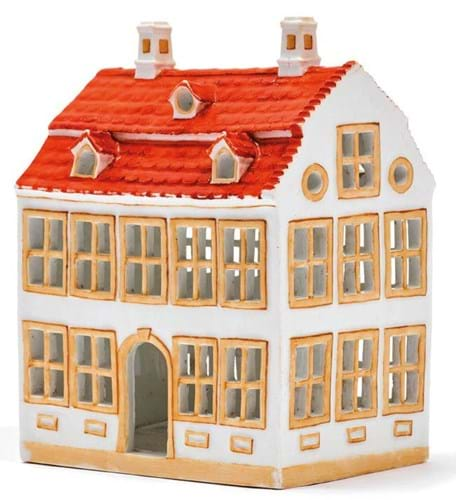
Meissen model of a townhouse from the Dutch village table centrepiece made for Count Brühl – SFr24,000 (£18,460) at Koller.
Another unusual piece of Meissen was a miniature three-storey rectangular townhouse measuring 7 x 5 x 3¼in (18 x 12.5 x 8.5cm).
Dating from c.1760, it was from a model by JJ Kändler and P Reinicke of 1743 that was part of a Dutch village of buildings, including churches, barns, farmhouses, palaces and townhouses, forming a table centrepiece made for Count Heinrich Von Brühl, the prime minister of Saxony. Porcelain centrepieces such as these replaced earlier arrangements that were constructed from sugar and dough.
The townhouse offered in the March sale had traces of a blue sword mark and a dot and realised SFr24,000 (£18,460), three times the estimate. In the Ducret sale last September, a slightly smaller model of a farmhouse from the Dutch village made a similar improvement on predictions when it sold for the same amount against a guide of SFr4000-5000
The most expensive item of Meissen in the latest auction came from another source. This was a pair of figures of orioles dating from c.1740 and 1747 modelled by Johann Gottfried Ehder and Peter Reinicke respectively after original models that JJ Kändler created in 1733-34 for the Japanese Palace in Dresden.
The 10½in (25.5cm high) birds were decorated in yellow and black, each with differently painted plumage and one bird having traces of an underglaze blue sword mark and press number 26 on the underside, and were set on 19th century French gilt bronze mounts. These sold for SFr84,000 (£64,615), double the estimate.
Du Paquier pops in
While Meissen provided the top prices, some pieces from other factories were in demand. Among them was a 7in (18cm) high white-glazed rectangular bottle from the Du Paquier factory dating from c.1730-35 and decorated in relief with moulded figures of animals to each face.
One of a series of pieces from this Viennese factory that were probably intended for use in a pharmacy or for storing wine or liqueur, this was another piece from Ducret’s collection and realised SFr22,000 (£16,925).
£1 = SFr1.30


